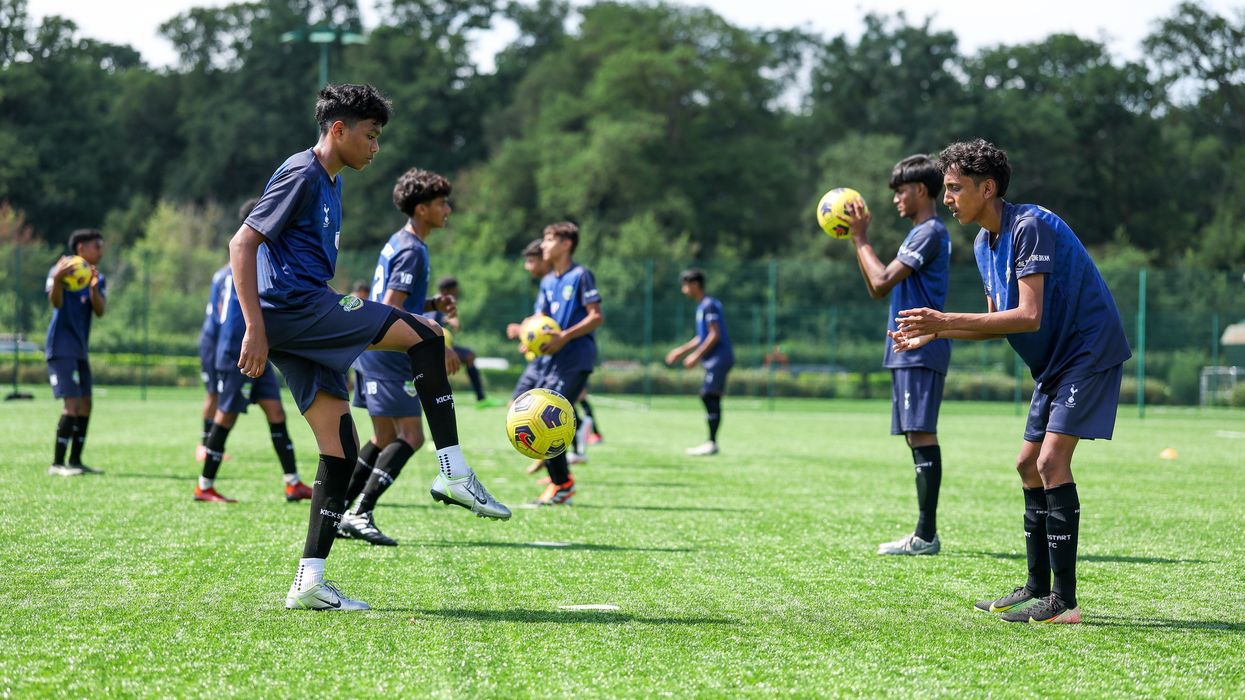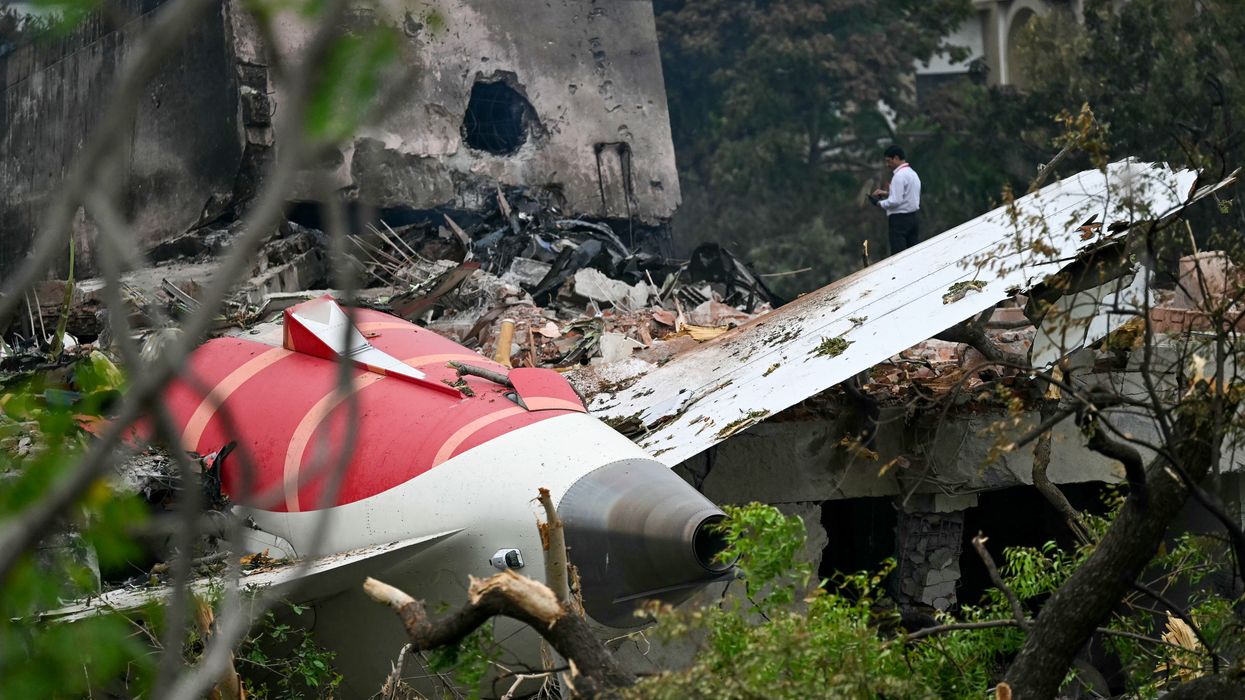A 71-year-old man has become the first Rohingya living in vast refugee camps in Bangladesh to die from the coronavirus, an official said Tuesday (2).
Health experts have long warned that the deadly virus could race through the vast network of settlements housing almost a million refugees in the country's southeast.
"He died on May 31. But last night we got the confirmation that he died of Covid-19," said Toha Bhuiyan, a senior health official in the Cox's Bazar district.
The fatality was in Kutupalong, the largest of the camps, which is home to roughly 600,000 people.
The man was among at least 29 Rohingya to have tested positive for the virus in the camps.
Bhuiyan said the victim died in an isolation centre run by the medical charity Doctors Without Borders and was buried in the camp the same day.
"We are going to speak to administrators in the camp and alert people about the death," Bhuiyan said, adding they were trying to find people the deceased had been in contact with.
Mahbubur Rahman, head of the health department in Cox's Bazar district, told AFP officials were waiting for a full report on the death.
A UN spokesperson said they would comment later.
More than 740,000 Rohingya fled a brutal 2017 military crackdown in Myanmar to Cox's Bazar, where around 200,000 refugees were already living.
In early April authorities imposed a complete lockdown on the district -- home to 3.4 million people including the refugees -- after a number of infections were recorded.
The first cases in the camps were detected in mid-May.
Officials have since blocked roads leading to several areas of the camps where most of the infections have been recorded.
Last week about 15,000 refugees were placed in quarantine as the number of cases increased.
Bangladesh and UN authorities have prepared seven isolation centres with the capacity to treat more than 700 patients inside the camps.
Aid workers say many of the refugees know very little about the virus.
They blame this partly on local authorities cutting off access to the internet in September to combat what they said were drug traffickers and other criminals.
Bangladesh has also seen a sharp rise in coronavirus infections in recent weeks, with more than 60,000 cases and around 700 deaths.
Despite this the country lifted its coronavirus lockdown on Sunday, with millions heading back to work in densely populated cities and towns.

















 Vogue 1940; Designer Elsa Schiaparelli wearing black silk dress with crocheted collar of her own design and a turbanFredrich Baker/Condé Nast via Getty Images
Vogue 1940; Designer Elsa Schiaparelli wearing black silk dress with crocheted collar of her own design and a turbanFredrich Baker/Condé Nast via Getty Images 'Tears' Evening dress and head veil, designed by Elsa Schiaparelli, February 1938 for Circus Collection, summer 1938. Fabric designed by Salvador Dali Victoria and Albert Museum, London
'Tears' Evening dress and head veil, designed by Elsa Schiaparelli, February 1938 for Circus Collection, summer 1938. Fabric designed by Salvador Dali Victoria and Albert Museum, London Natasha Poonawalla attends The 2022 Met GalaGetty Images
Natasha Poonawalla attends The 2022 Met GalaGetty Images  Vogue 1936; Two models, standing in a white room with arrows painted on walls and wearing dresses by Schiaparelli;Cecil Beaton/Condé Nast via Getty Images
Vogue 1936; Two models, standing in a white room with arrows painted on walls and wearing dresses by Schiaparelli;Cecil Beaton/Condé Nast via Getty Images


 Many of these beaches are tidal and best enjoyed at low tideiStock
Many of these beaches are tidal and best enjoyed at low tideiStock It’s also unofficially clothing-optionaliStock
It’s also unofficially clothing-optionaliStock Framed by the turquoise seaiStock
Framed by the turquoise seaiStock It’s best visited early or late in the dayiStock
It’s best visited early or late in the dayiStock